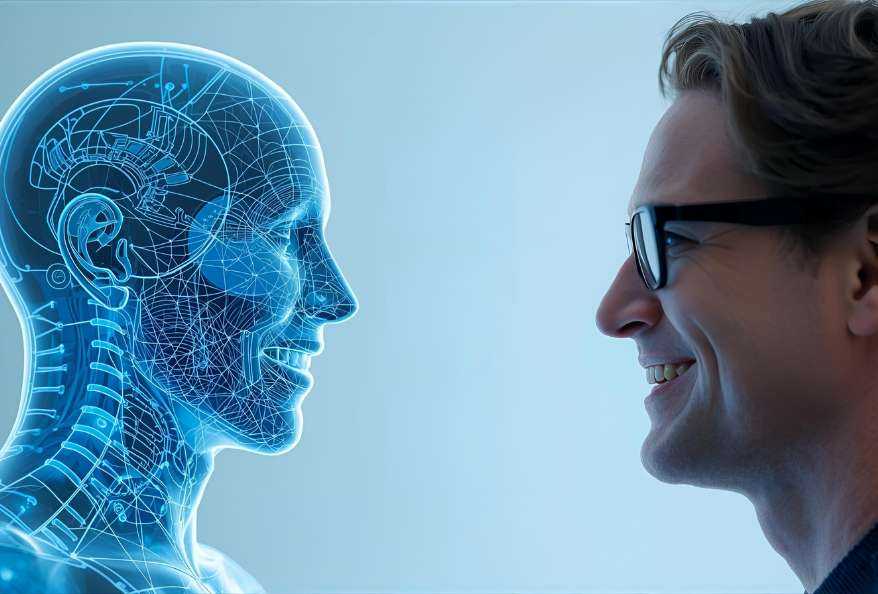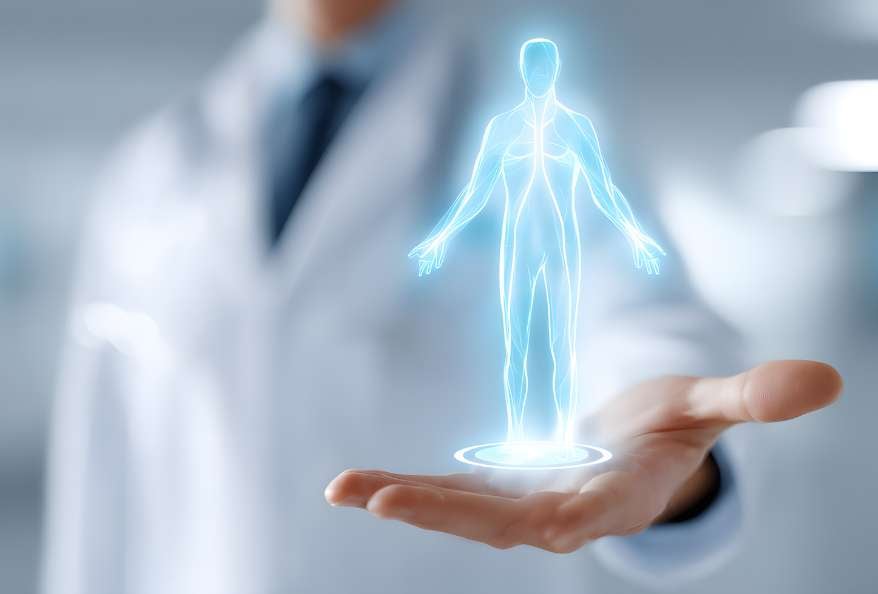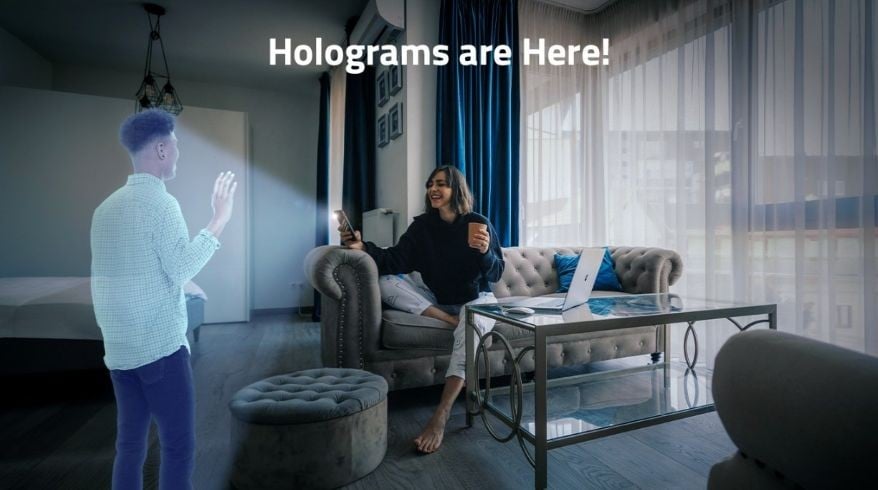From Space to the World: How HoloConnect is Redefining Human Presence
Estimated reading time: 6 minutes
In 2021, our team achieved something that once belonged only to science fiction: the first two-way holographic teleportation to the International Space Station. It was a moment that blurred the line between imagination and reality. For decades, science fiction promised us the possibility of standing face-to-face with someone across vast distances, as if we were in the same room. With HoloConnect®, that promise became reality, first in orbit, and now, here on Earth. Today, HoloConnect remains the only holographic communication system ever used in space. But it was never just about astronauts. It was about something far more universal: connection.
The Limitations of 2D Communication
For all the marvels of modern technology, communication still often feels flat. Video calls brought us closer together during the pandemic, but they could never replace the feeling of true presence, the subtle cues, depth, and immersion of being in the same room.
Doctors could examine patients over a screen, but lacked the dimensional fidelity to properly interpret subtle gestures, posture, or spatial context. Soldiers and first responders could receive instructions remotely, but the urgency of “being there” was always diminished by the barrier of a screen. Families connected through webcams, but love still felt pixelated.
Humans are wired for three-dimensional presence. Our interactions are not just about words or images; they are about proximity, embodiment, and the subconscious cues that shape trust, empathy, and understanding.
This is the gap HoloConnect was built to bridge with holographic communications.
From Orbit to Innovation
When we first brought HoloConnect to NASA, even seasoned space professionals doubted the feasibility. Sending a real-time hologram across orbit-to-ground links seemed like science fiction. Yet, after months of development, innovation, and persistence, we made it happen.
In October 2021, NASA Flight Surgeon Dr. Joe Schmid appeared as a full hologram aboard the ISS, shaking hands with astronaut Thomas Pesquet. That handshake was more than a symbolic gesture; it was proof that human presence could transcend gravity, distance, and the limitations of traditional communication.
NASA later awarded us their prestigious Director’s Innovation Award for this achievement, cementing HoloConnect’s place in the history of human spaceflight. But for us, it was only the beginning with holographic communication.
Holographic Communication: Earth Needs This Technology Too

The lessons from space have immediate relevance here on Earth. Astronauts are not the only ones who feel isolated, disconnected, or in need of expert care from afar.
- Holographic Communication in Healthcare: Veterans Affairs hospitals are now using HoloConnect to allow doctors to appear as full holograms at the bedside of patients. Hence, bringing care, empathy, and expertise in a way no video call ever could.
- Holographic Communication in Hospitality: Hotels are exploring holographic concierge services, allowing guests to connect with staff or even loved ones as if they were together in the lobby.
- Holographic Communication in Education & Workforce: Classrooms and workplaces are experimenting with holographic collaboration, where distance fades and ideas feel shared in the same space.
Each of these applications of Holographic Communication is born from the same insight: humans crave presence. And when presence is restored, outcomes improve. Patients feel more understood. Customers feel more valued. Students feel more engaged.
The Human Story
Technology is rarely about hardware or code; it’s about what it makes us feel.
I’ll never forget the first time a patient’s family used HoloConnect to see their loved one in 3D. Their reaction wasn’t about the technology; it was about closeness. Tears flowed. Smiles widened. For a moment, they forgot they were separated by miles.
That’s when I knew this was bigger than space, bigger than science fiction. This was about restoring something profoundly human in an increasingly digital world.
Balancing Work, Health, and Humanity
There’s an old story about someone asking Jesus what makes Him laugh about humans. He answered that we sacrifice our health to make money, and then spend money trying to regain our health. We live as if we’ll never die, and die as if we had never truly lived.
That paradox is at the center of modern life. We work endlessly, connect virtually, but often fail to truly be present. HoloConnect is not just a piece of technology—it is an invitation to restore presence, to rebalance how we live, work, and connect.
Holographic Communications Looking Ahead: Presence on Mars and Beyond

Where does this technology go next?
As humanity prepares for missions to the Moon and Mars, the need for presence becomes even more urgent. Imagine a surgeon on Earth guiding a procedure on Mars, appearing in the operating room as a hologram. Or a family member “visiting” an astronaut on a years-long mission, bridging emotional distance in ways never before possible.
We are also fusing holographic communication of HoloConnect with artificial intelligence. Our AI HoloAgent can perceive, listen, and respond in real-time, even in disconnected or low-bandwidth environments. For future missions, this means astronauts could interact with an AI holographic assistant capable of visual recognition and adaptive guidance. However, even when Earth is 20 minutes away by radio signal.
These aren’t far-off dreams. They are already being tested.
The Future of Human Presence
The journey from orbit to hospital rooms, from astronauts to hotel guests, tells us one thing clearly: the future of communication is not about screens. It’s about presence.
HoloConnect has shown that we can overcome isolation, restore empathy, and build trust across any distance. From space to healthcare to everyday life, the path forward is about technology serving humanity, not the other way around.
And if there’s one lesson space has taught us, it’s this: connection is survival.
In a world where loneliness is now considered a public health crisis, the ability to “be there” without being there may be one of the most important breakthroughs of our time.
Holographic Communication: Closing Thoughts
In 1969, the world stopped to watch humans walk on the Moon. In 2021, we took another leap, not on the lunar surface, but in the realm of connection.
What started as science fiction is now science fact. And just like those first steps on the Moon, this technology will ripple outward in ways we can scarcely imagine.
We began in space, but the destination is here on Earth, in every hospital, school, workplace, and home that longs for presence, for empathy, for true human connection.
Because in the end, we are not just advancing communication. We are redefining what it means to be present with holographic communication.
Additionally, to stay updated with the latest developments in STEM research, visit ENTECH Online. Basically, this is our digital magazine for science, technology, engineering, and mathematics. Furthermore, at ENTECH Online, you’ll find a wealth of information.






